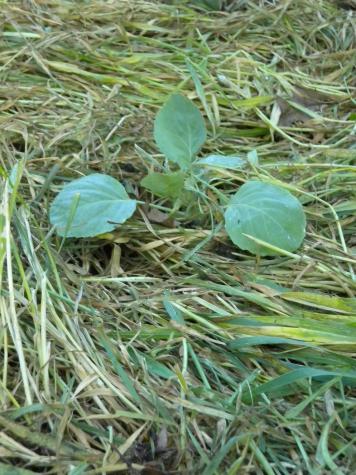BLUE SPRINGS, Mo. — Too many gardeners go all in when it comes to planting a vegetable garden by planting the entire garden at once, says a University of Missouri Extension horticulturist.
“Some fruiting vegetables can produce throughout the season, so it makes sense to plant them all at once,” said Marlin Bates. “Almost all other vegetables, though, can be planted in succession. By planting every other week, gardeners can maximize the productivity of their beds and lessen the need to consume the entire harvest over a short time frame.”
Plants that are harvested in their entirety or offer a limited number of fruits once they reach maturity are an easy choice for succession planting, Bates said. Radish, carrot, beet, kohlrabi, sweet corn and turnip are examples of these plants.
“Because they aren’t expected to offer additional takings after the initial harvest, planting a reasonable amount of these plants every couple of weeks will let gardeners enjoy these vegetables later into the season than a single planting will,” he said.
Plants that tend to produce in bulk initially but continue to produce sporadically thereafter are the less obvious crops for succession planting. Cucumber, bush beans, broccoli, cabbage and lettuce, among others, fit into this category.
“While they certainly offer a longer period of harvest than the plants mentioned above, their levels of production and in some instances their quality are not as great after the initial offerings,” Bates said.
Broccoli and cabbage can be harvested in a way that will allow for smaller florets and heads to develop later. The output of cucumber and bush beans dwindles significantly after about two weeks of high productivity. Leaf lettuce is commonly harvested so that young leaves are left to be harvested at a later date, but this sort of harvesting can be tedious.
“To maximize the productivity of the garden, consider succession planting for these crops,” he said. The amount of space that they need for the later, less-productive growth is at least as large as what was needed during the higher-yielding initial production. If additional rows of these plants are planted in 14-day intervals, rows that have passed their peak production can be removed to make way for other crops in the garden.
Another form of succession planting involves placing an entire planting of a single crop in the garden. The difference here is in days to maturity. Planting an array of varieties with different maturity dates can accomplish many of the same goals as the form or succession planting discussed above, Bates said.
Again, in order to maximize productivity of the space in the garden, plants that have passed their peak production should be removed and replaced with another crop.
Succession planting requires a little bit more planning than the all at once approach.
“This extra effort may very well be worth it because it spreads the risk of crop failure,” Bates said. “For instance, when conditions after planting are too cool or wet to allow for good plant establishment, the likelihood of a crop failure increases. With numerous planting dates, gardeners increase the likelihood that at least some of the plants will get off to a favorable start and lead to a good harvest.”
